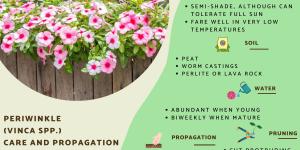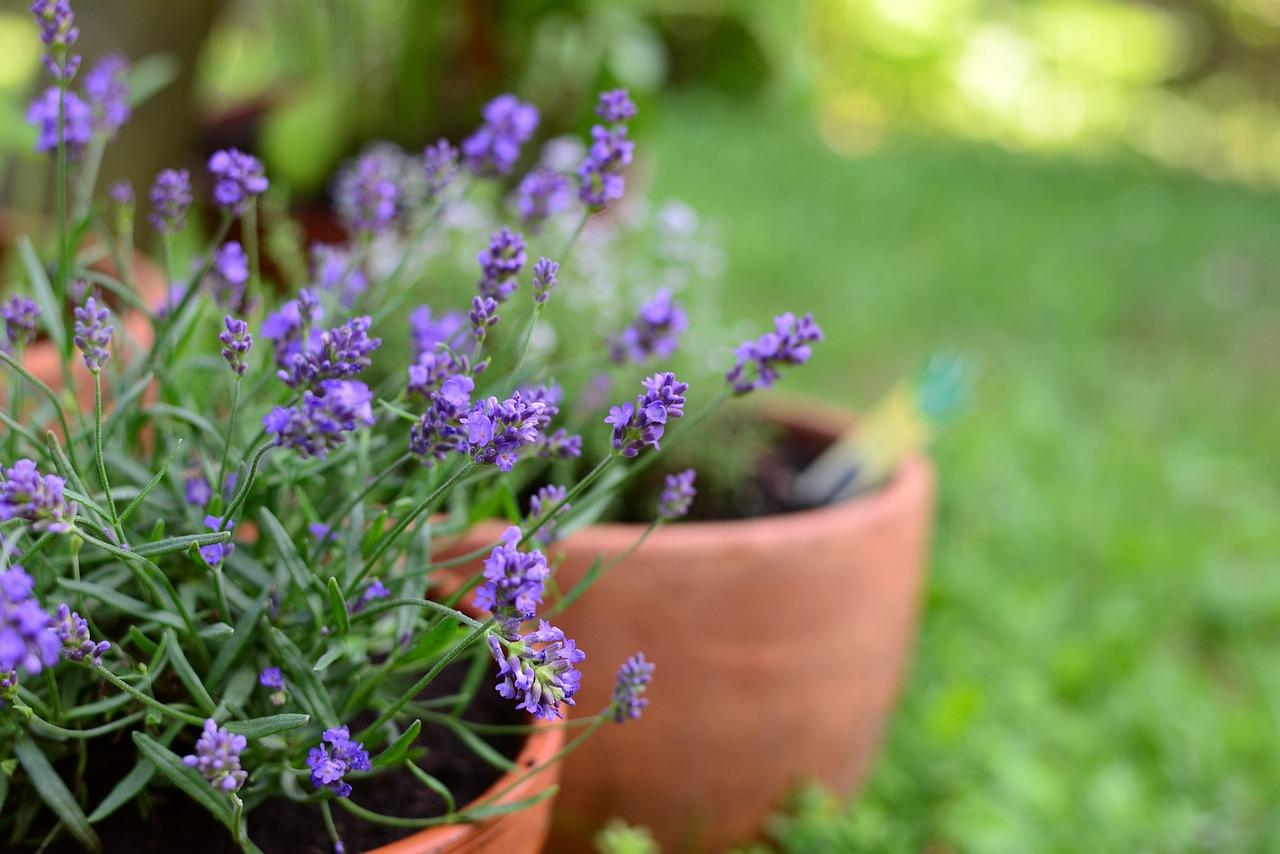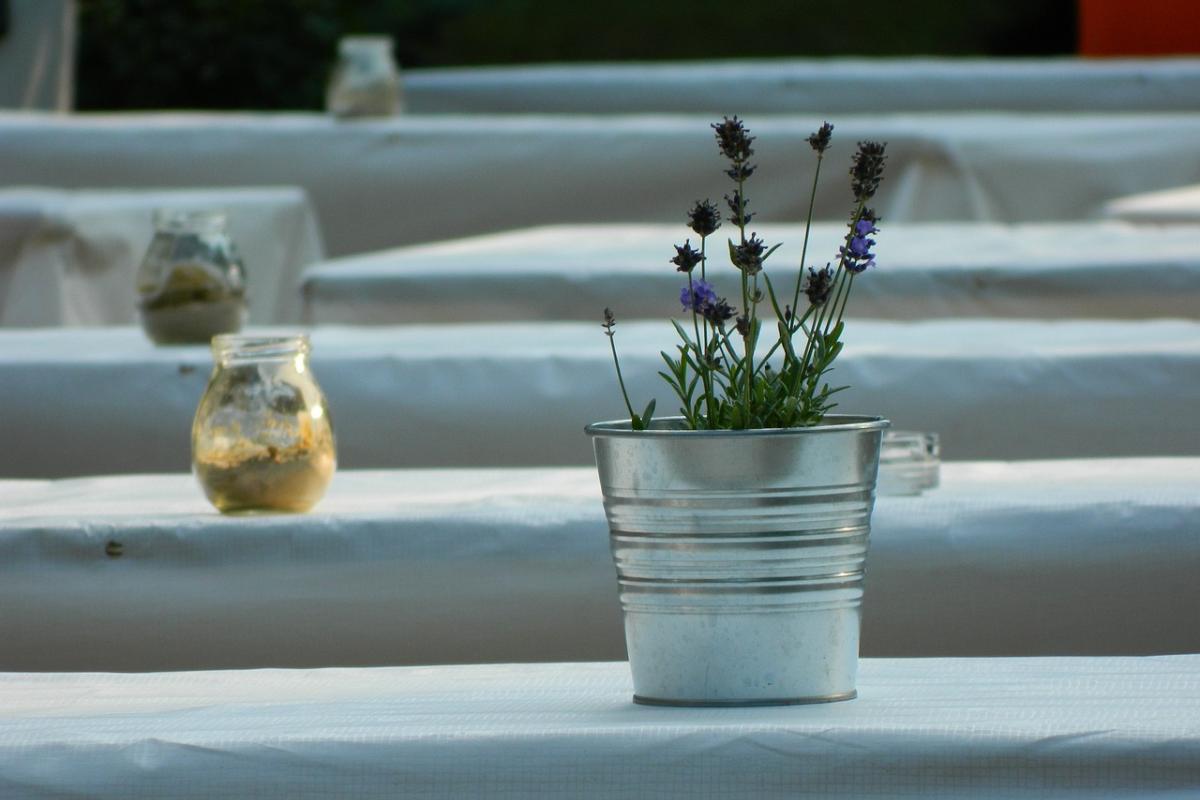Lavender for Pots Care Guide


Lavender is a type of shrub that is easily recognized by its characteristic violet color. Many of us are just as acquainted with its characteristic smell since lavender essence is used in various household products. Lavender is from a genus of plants called Lavandula which is made up of more than 45 different lavender species. The most widely cultivated indoors and outdoors is Lavandula angustifolia. Although its purple coloration is most common, we can find varieties with white, blue and pink tones.
Although it has been used in scenting perfumes and other products, it is also a beautiful plant for decoration. Ensuring it can provide beautiful aesthetics and fragrant aromas for as long as possible indoors and outdoors, you will need to know the right way to care for potted lavender. thedailyECO provides our lavender for pots care guide to do just that.
General characteristics of the lavender plant (Lavandula)
Since lavender is native to the Mediterranean, its general characteristics are related to surviving the Mediterranean climate. Caring for potted lavender requires the three basic factors:
- Sun: it will need direct sunlight, ideally at least six hours a day. This exposure is crucial for the plant's health and influences its ability to bloom profusely.
- Substrate: regarding the type of soil this plant will need, it will need to be alkaline. This means the soil's pH needs to be relatively high. Additionally, the soil should be well-aerated to allow roots to breathe.
- Water: lavender is a plant that does not tolerate excessively humid soils. This means we will need to provide the lavender for pots with good drainage to avoid becoming waterlogged. The roots require a balance of moisture and dryness for optimal growth.
If water accumulates excessively and for a long time, there will be a risk that the roots will get sick or even rot. For this reason, it is best to wait until the soil is dry at the top before watering. The pots and containers we use for our potted lavender need to have drainage holes at the bottom to avoid water accumulating. Additionally, consider placing the pot on a raised surface to facilitate air circulation.
Now you know the basic care needs of lavender for pots, we provide more detail on how to help this plant thrive indoors and outdoors.
Best pots for lavender
Lavender is a plant that can grow perfectly in a pot. Since this plant can brighten up indoor spaces, it is very common to have potted lavender in the home. Although it can thrive in flower beds, it can also be placed in containers for use on terraces and other outdoor spaces. One of the most important factors for potted lavender is the size of its pot.
As lavender is used to growing in deep soil, it will need enough space to allow for root growth. For one individual lavender plant, a pot of around 30 to 40 cm in diameter should suffice. For smaller pots, it is possible the plant will develop improperly. Although it may not die, it will likely not thrive. This can result in dry stems and a less vibrant color than healthy lavender plants.
The best type of pot for potted lavender is generally considered to be ceramic or terracotta. These should be unpainted and unglazed, although this doesn't mean a lavender plant won't thrive in these types of pot. The reason ceramic pots are best is because they are porous. They allow excess water to evaporate more easily which benefits the health of the roots and the plant's ability to grow. Furthermore, the porous nature assists in maintaining the soil temperature, protecting the roots from extreme conditions.
Another fundamental aspect of a lavender pot is the aforementioned drainage. It is essential the pot we use has a hole or holes in the bottom to let water drain away. You can also assist in drainage by placing a little gravel in the very bottom of the pot before you add in the soil and pot the lavender plant. This extra layer acts as a barrier against overwatering.
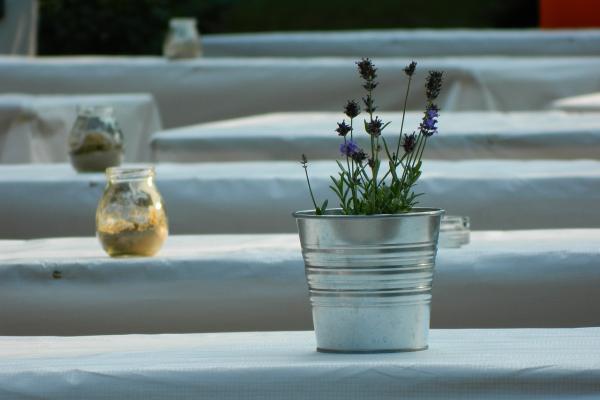
Light and climate for potted lavender
As we mentioned at the beginning of the article, lavender for pots needs direct sunlight. Although you can have your potted lavender plant indoors and outdoors, being indoors can be more complicated due to light availability. If we do keep lavender for pots in an indoor location, we need to ensure it is somewhere which receives a lot of sun. Consider placing it near a south-facing window to maximize light exposure.
Although the different species of lavender are native to Mediterranean areas, they are actually good at tolerating low temperatures. This means you will not have to worry too much about frost as it is a relatively hardy plant. However, during extreme frost, it's advisable to provide some protection, such as moving the pots indoors or covering them lightly.
Watering potted lavender
We started this section on how to care for a potted lavender plant by talking about watering. As has already been specified, it is a plant that does not well tolerate excess moisture. In addition to having the correct drainage, it is important to space out its irrigation so that the soil can dry out between each watering. The drying period mimics the plant's natural environment, promoting healthier growth.
It is not essential that the substrate dries completely, but it is important that continuous moisture be avoided. In this way, the correct irrigation practice will be to water it once every two weeks during the cold months and once a week in the warmer months. During particularly hot spells, ensure that the plant is not wilting by monitoring the soil's dryness.
Fertilizer for potted lavender
Lavender for pots is not a plant which needs excessive amounts of fertilizer. Moreover, it is a plant which can react negatively to the wrong fertilizer. For this reason, the most advisable course of action is to avoid fertilizing it if it is not necessary. If the plant needs a health boost, we need to ensure we use a fertilizer which has a low concentration of nitrogen. Fertilizer with high nitrogen content can damage the soil. Opt for a balanced fertilizer that supports the overall health of the plant without over-stimulating its growth.
Although it may seem counterintuitive, excessive fertilization will favor the growth of leaves to the detriment of flowers. In this case, it will result in making plant lose aroma and its leaves will be less vibrant. It's important to maintain a balance in fertilization to ensure the plant remains aromatic and visually appealing.
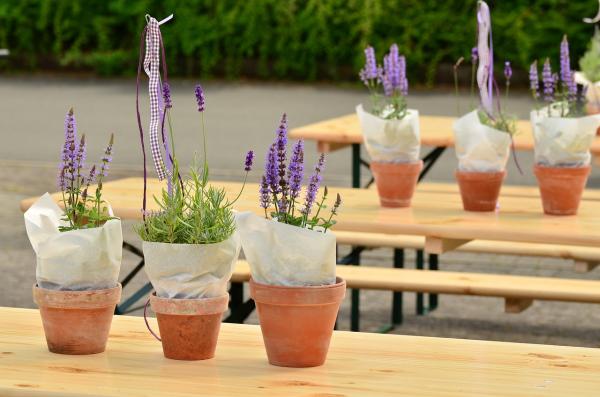
Pruning potted lavender
To finish our guide to lavender for pots care, we are going to talk about pruning. Pruning should only be carried out in a limited way and used to maintain the correct shape of the bush. The most suitable months for pruning potted lavender are during early spring and autumn. Pruning also encourages new growth, helping the plant remain bushy and full.
The other important factor when pruning lavender plants is to remove any of the withered flowers of the plant which have become too dry or rotten. This is because their presence can affect the lavender's growth and prevent the floral renewal from taking place correctly. Regular removal of dead parts not only aids in maintaining the plant's aesthetics but also promotes a healthier environment for new blooms.

If you want to read similar articles to Lavender for Pots Care Guide, we recommend you visit our Plant care and cultivation category.



